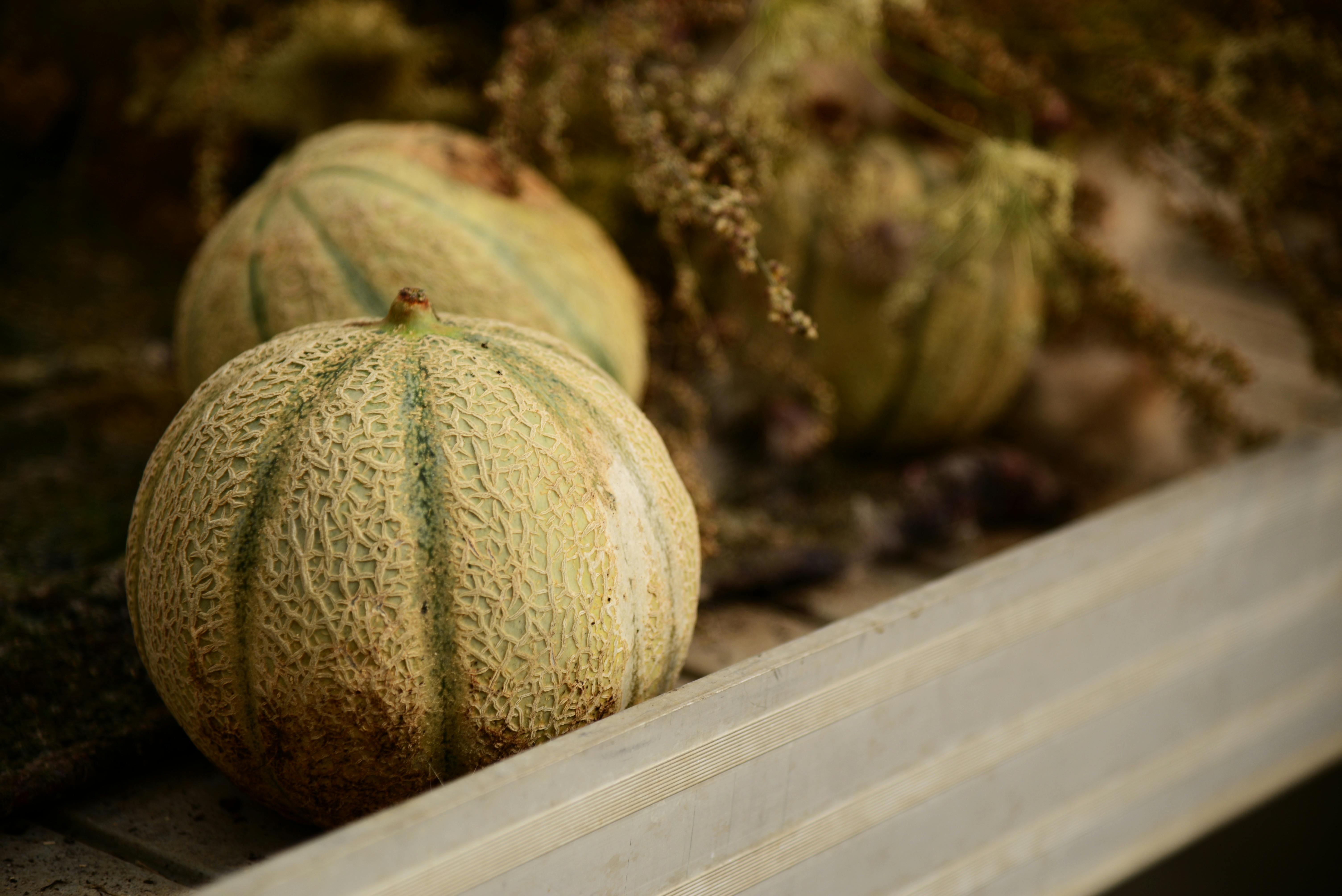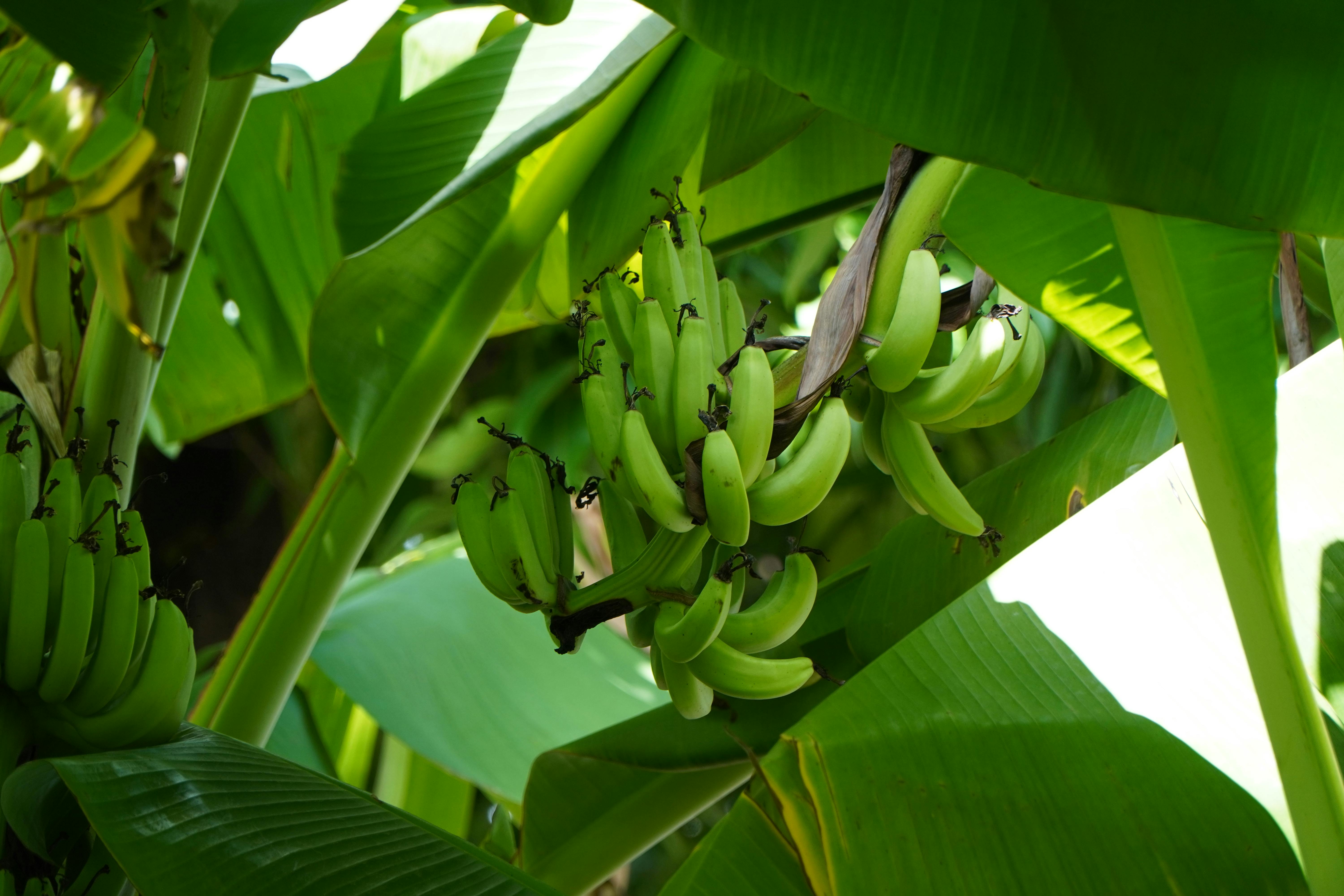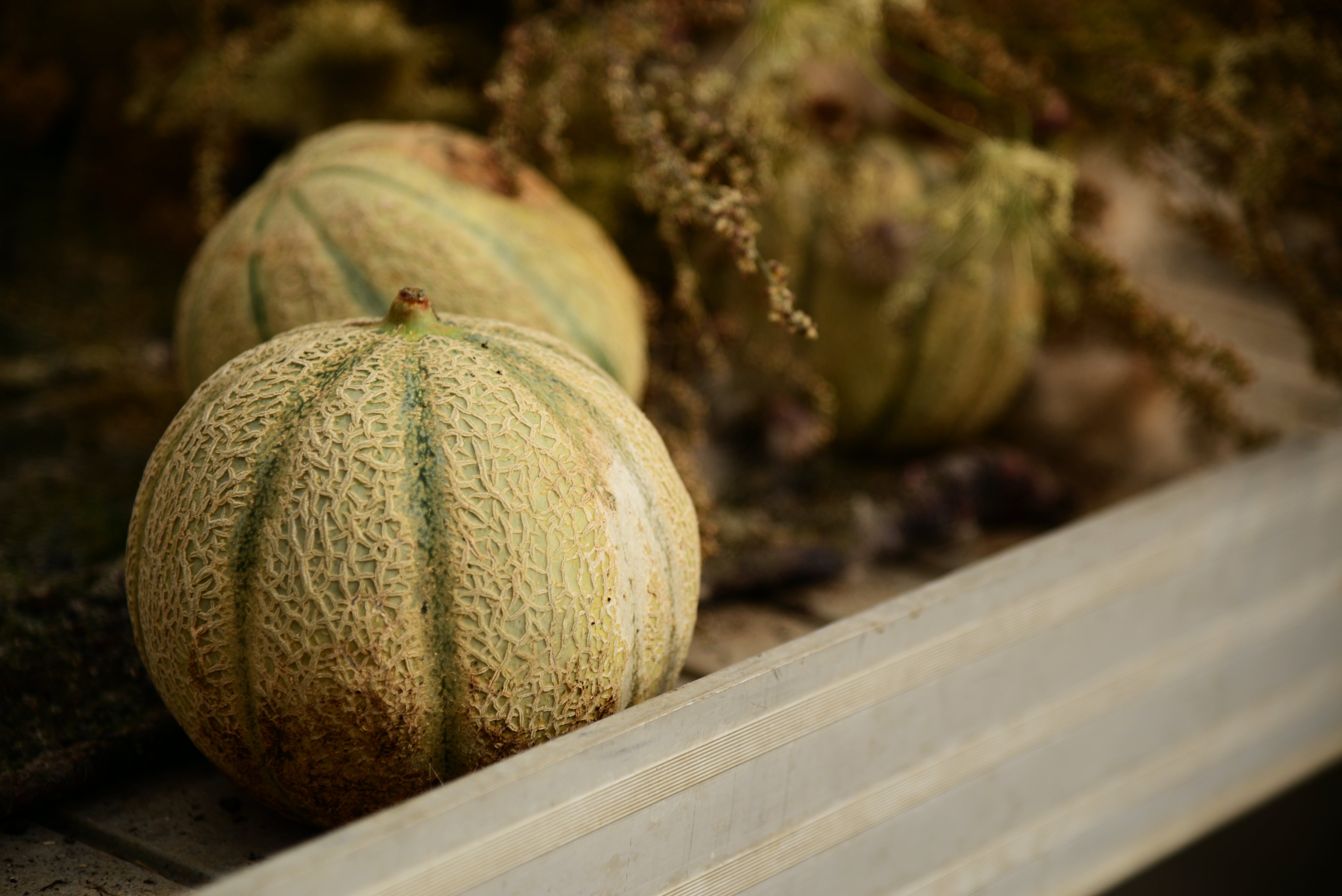Pummelos, also known as shaddock or Chinese grapefruit, is an Asian citrus fruit that has a sweet-tart flavor. It is the largest of all citrus fruits and has a thin, yellow-green skin with a thick white pith. The flesh of the pummelo is pale pink to deep red, juicy and sweet. Pummelos are rich in vitamin C and other nutrients, making them a healthy addition to any diet.A Pummelo is a large citrus fruit that is related to the grapefruit. It has a thick, bumpy rind and a sweet, sour flesh. The rind is usually green or yellow in color and the flesh may be white, pink, or red. Pummelo is also known as the shaddock and is native to Southeast Asia. It is the largest citrus fruit and can weigh up to 4-5 pounds each.
The Origin of the Pummelo Fruit
The pummelo fruit is a unique citrus fruit with a thick peel and sweet-tart flesh. It is native to Southeast Asia and has been cultivated for thousands of years. The pummelo has been an important food source in many cultures, and it is now widely grown in tropical regions around the world.
The exact origin of the pummelo is not known, but it is believed to have originated in Southeast Asia. It was first mentioned in Chinese literature more than 2,000 years ago, and it is thought to have been cultivated by early civilizations in that region. From there, it spread through trade routes to other parts of Asia, as well as to India, Africa, and Europe.
Today, the pummelo is most commonly found in countries such as Thailand, Vietnam, India, Sri Lanka, Bangladesh, Malaysia, Indonesia, Philippines and China. It can also be found growing in parts of Florida and California in the United States. The fruit has become popular due to its sweet-tart flavor and versatility in cooking.
Pummelos are often used as a garnish or for making juices or jams. They are also eaten fresh on their own or added to salads or other dishes. The peel can be candied or dried to make a sweet treat called sugared pumello peels.
The pummelo fruit’s popularity continues to grow as people become more familiar with its unique flavor and versatility in cooking. It is an important part of many cultures’ diets around the world and will likely be enjoyed for generations to come.
Appearance
The pummelo fruit is large in size and has a yellow to greenish yellow outer skin. The flesh of the pummelo is white to light pink and juicy. The shape of the fruit is round or oblong and can range from 6-12 inches in diameter. It typically weighs between 4-6 pounds.
Taste
The pummelo fruit has a sweet, juicy flavor with notes of citrus. It has been described as having a flavor that is similar to grapefruit but more mellow and less sour. It also has a hint of sweetness that makes it pleasantly refreshing.
Nutrition
The pummelo fruit is an excellent source of dietary fiber, vitamins C, A, B1, B2, B6, potassium and magnesium. It also contains antioxidants which help to protect the body from free radical damage. Pummelos are low in calories and fat making them a healthy snack option.
Uses
The pummelo fruit can be eaten fresh or used in juices and smoothies for flavor and nutrition. It can also be made into jams, jellies, candies or other desserts for added sweetness. The peel can be dried and used for zest in recipes such as salads or stir-fries.
Nutritional Benefits of the Pummelo Fruit
The pummelo fruit is a large citrus fruit that is native to Southeast Asia. It is similar in appearance to a grapefruit, but much larger and with a sweeter flavor. While it may not be as popular as other citrus fruits, it has many health benefits and is an excellent source of nutrition.
The pummelo is rich in vitamins and minerals, including Vitamin C, potassium, magnesium, calcium, iron and copper. It is also a good source of dietary fiber which can help to promote healthy digestion. The fruit also contains polyphenols which are compounds that have antioxidant properties and can help to reduce inflammation in the body.
In terms of its nutritional value, the pummelo has more vitamin C than oranges or grapefruits. It also has more potassium than bananas and more calcium than milk. This makes it an excellent choice for people looking to increase their intake of essential vitamins and minerals.
The pummelo is also high in antioxidants which can help to reduce the risk of certain cancers and other diseases such as heart disease and diabetes. These antioxidants can also help to protect the body from damage caused by free radicals, which are compounds produced during metabolism that can cause cell damage if they accumulate in the body over time.
Overall, the pummelo fruit is an excellent source of nutrition with many health benefits. It provides essential vitamins and minerals that can help keep your body healthy and functioning properly. In addition, its high antioxidant content makes it a great choice for protecting your cells from damage caused by free radicals. So if you are looking to add some extra nutrition into your diet, consider adding the pummelo fruit!
How to Select a Good Quality Pummelo Fruit
Selecting a good quality pummelo fruit can be quite tricky. It is important to choose a fruit that is ripe and free of blemishes. A ripened pummelo should have a sweet smell and be slightly soft to the touch. The skin should be bright in color and have no signs of mold or discoloration. When buying pummelos, it is best to look for ones that are heavy for their size, as this indicates that the fruit is juicy and ripe. The stem should also be firmly attached to the fruit.
When selecting pummelos, it is important to inspect them carefully. Look for any visible signs of damage such as bruises or cuts on the skin. This could indicate that the fruit has been mishandled during transport and may not be fresh. If possible, try to smell the pummelo before purchasing it; if it has a sour or off-putting smell, it may not be ripe or fresh.
It is also important to check the size of the pummelo when selecting one; larger fruits tend to have more juice and flavor than smaller ones. If possible, taste a small piece of the fruit before purchasing it; this will give you an indication of how sweet or sour it will taste once eaten. Additionally, avoid buying any fruits that have soft spots or wrinkles on their skin as they may not taste as good when eaten.

How to Store a Pummelo Fruit
Storing pummelo fruit correctly will help keep it fresh for longer. Pummelos are large citrus fruits with thick rinds and juicy, tart flesh. To store pummelos, keep them at room temperature in a cool, dark area away from direct sunlight. Put the pummelos in a single layer on a plate or tray to prevent them from bruising. If you have several pummelos, wrap each one individually in newspaper and place them next to each other in a storage container such as a basket or box. The paper will help absorb moisture and prevent the pummelos from sticking together.
Pummelos can be stored for up to two weeks at room temperature, but for longer storage, they should be refrigerated. Place the pummelos in an airtight container or plastic bag and store them in the refrigerator for up to four weeks. When selecting pummelos for purchase or storage, look for ones that are heavy for their size and have smooth, unblemished skin. Avoid buying any with soft spots or bruises as these indicate that the fruit is already starting to spoil.
It is also important to note that once a pummelo is cut open, it should be eaten within three days due to its high water content which causes it to spoil quickly when exposed to air. To store cut-up pieces of pummelo, place them in an airtight container lined with paper towels to absorb any excess moisture. This will help keep the pieces fresh and prevent spoilage.
In Its Natural State
The most classic way to enjoy a pummelo fruit is eating it in its natural state. Peel away the thick skin to reveal juicy segments of sweet, tart, and mildly bitter flesh. Enjoy the flavor of the fruit as is or add a pinch of salt to enhance the savory flavors. For a refreshing snack, try adding a few slices of pummelo fruit to your favorite yogurt or salad for an extra kick of flavor.
Juiced
Pummelos are often juiced for a flavorful and nutritious drink. To make your own pummelo juice, blend several peeled segments in a blender until smooth. Strain the juice through a sieve and add honey or sugar to taste. Enjoy the juice as is or use it as an ingredient in smoothies, cocktails, or other recipes.
Pickled
Pickling pummelos is an easy way to preserve their unique flavor while also adding some extra zing to your meals. Slice peeled segments into thin strips and place them into a container with vinegar and spices such as ginger, garlic, and chili flakes. Let the mixture sit overnight before serving with rice dishes or other savory meals for a delicious addition of flavor.
Candied
Candied pummelos are a popular treat in many cultures due to their sweet-tart flavor and crunchy texture. To make your own candied pummelos, peel several segments and simmer them in sugar syrup until softened. Roll each segment in sugar before allowing them to cool completely on baking paper for several hours until hardened into candy-like pieces.
No matter how you enjoy it, nothing beats the unique flavor of pummelo fruit!
Growing Your Own Pummelos at Home
Pummelos are large, juicy citrus fruits with a sweet-tart flavor. They are a popular choice for juicing and adding to salads and desserts. Growing your own pummelos at home is a great way to enjoy fresh fruit. Here are some tips on how to do it.
Start by selecting a variety of pummelo that will grow well in your climate. Most types of pummelo require full sun and warm temperatures, so be sure to choose one that is suited for your area. You can buy pummelo trees from local nurseries or online.
Once you have the tree, you’ll need to prepare the soil before planting it. Pummelos prefer well-draining soil that is slightly acidic, so be sure to add compost or other organic matter before planting. Plant the tree in an area with plenty of sunlight and make sure it gets adequate water throughout the growing season.
Fertilizing your pummelo tree is important for healthy growth and fruit production. Use an organic fertilizer formulated for citrus trees every six weeks during the growing season. Be sure to follow the directions on the package carefully.
Harvesting your pummelos should take place when they reach peak ripeness, which usually happens in late fall or early winter depending on your climate zone. To determine if they are ripe, gently squeeze them; if they give slightly, then they are ready to be picked! Store them in a cool, dry place and enjoy their sweet-tart flavor!

Conclusion
Pummelos are a unique and delicious fruit with a tart, citrus flavor and a sweet aroma. Pummelos are packed with essential vitamins, minerals, and antioxidants that can help protect and nourish the body. They can be enjoyed in salads, smoothies, or just eaten on their own as a delicious snack. Pummelos have been used for centuries in traditional Chinese medicine to treat various ailments including coughs, colds, diarrhea, and fever. As such, pummelos are an excellent addition to any diet and offer many health benefits.
Overall, pummelos are an incredibly versatile fruit that should be included in any health-conscious diet. With their unique flavor profile and abundance of essential nutrients and antioxidants, they offer a great way to nourish your body while enjoying something delicious. So if you’re looking for a new addition to your diet or just something new to try out on the weekends, pummelos should definitely be on your list of must-tries!



